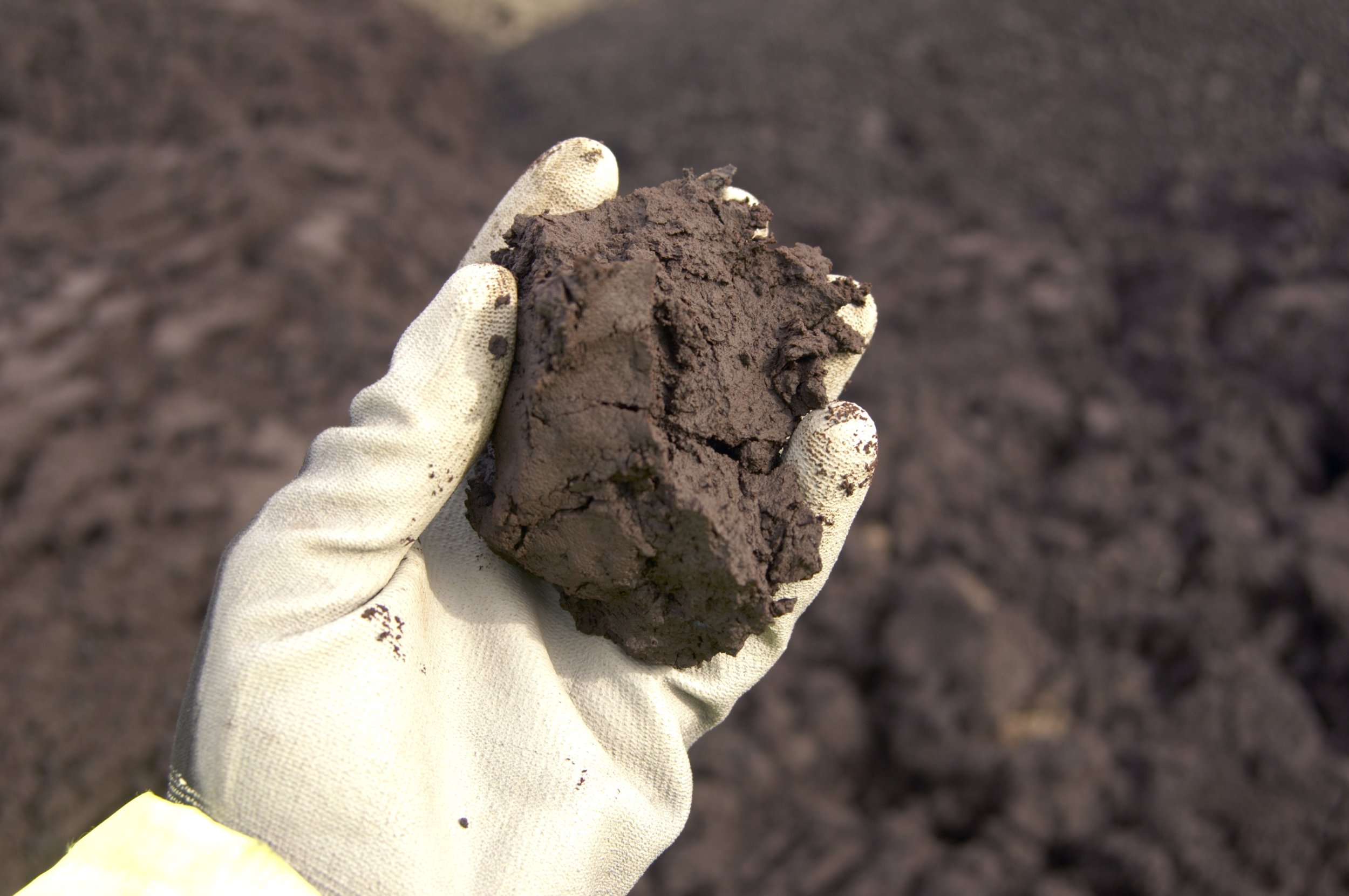KEY POINTS
- Fungal lung infections are increasingly diagnosed “outside their historical areas of endemicity”
- Some patients may have been receiving delayed or wrong diagnoses due to outdated data
- Researchers recommend focusing less on geographic exposure when diagnosing patients
Lung infections caused by soil fungi may be more common across the U.S. states than previously thought. Infections have been detected in places beyond their range, a new study has found.
Histoplasma, Coccidioides and Blastomyces are commonly known “endemic mycoses” in North America, the researchers noted in their study, published in Clinical Infectious Diseases. People can contract lung infections by breathing in the fungi spores present in the soil.
In the U.S., these fungal lung infections have been believed to be particularly present in some states and not others. For instance, histoplasmosis (histo) is said to be found “mainly” in central and eastern states, according to the Centers for Disease Control and Prevention (CDC). Coccidioides, on the other hand, is believed to be found in the southwest, while Blastomyces is present in the midwest and south, the Washington University School of Medicine (WUSM) in St. Louis noted in a news release.
However, these illnesses have been diagnosed quite increasingly “outside their historical areas of endemicity,” the researchers said. “Despite this trend, the maps outlining their geographical distributions have not been updated in more than half a century using a large, nationwide database containing individual patient-level data.”
For their work, the researchers analyzed the data of millions of Medicare fee-for-service beneficiaries. They looked at diagnoses of histoplasmosis, coccidioidomycosis and blastomycosis from January 2007 to December 2016, and identified places where there was a “significant” number of infections.
Data from the U.S. states and Washington D.C. showed 94% of them had “at least one county above the clinically relevant threshold” for the fungal infections. Out of 3,143 counties, 1,806 had “meaningful” numbers of these illnesses.
In other words, these potentially serious and even possibly deadly fungal infections are present in more places than previously thought.
“Persons with histoplasmosis, coccidioidomycosis and blastomycosis are diagnosed in significant numbers outside their historical geographic distributions established more than 50 years ago,” the researchers wrote.
The last time the CDC revised its maps of disease-causing fungi was way back in 1969. This could mean some patients may have been receiving delayed or even incorrect diagnoses simply because their areas are believed to be free of fungi.
“People with fungal lung infection often spend weeks trying to get the right diagnosis and appropriate treatment, and the whole time they’re feeling terrible,” study lead author Patrick B. Mazi said in the news release. “They usually have multiple healthcare visits with multiple opportunities for testing and diagnosis, but the doctor just doesn’t consider a fungal infection until they’ve exhausted all other possibilities.”
“Every few weeks I get a call from a doctor in the Boston area – a different doctor every time – about a case they can’t solve. They always start by saying, ‘We don’t have histo here, but it really kind of looks like histo,’ I say, ‘You guys call me all the time about this. You do have histo,'” study senior author and a specialist in fungal infections, Andrej Spec, added.
Researchers recommend clinicians should consider these fungal infections during diagnosis if the symptoms are compatible with them, and focus less on the patient’s geographic location and exposure.
“Fungal infections are much more common than people realize, and they’re spreading,” said Spec.
“Increased clinical suspicion leading to a subsequent increase in DM (dimorphic mycoses) diagnostic testing would likely result in fewer missed diagnoses, fewer diagnostic delays, and improved patient outcomes,” researchers wrote.
Paul Birchfield/Construction Photography/Avalon/Getty Images







